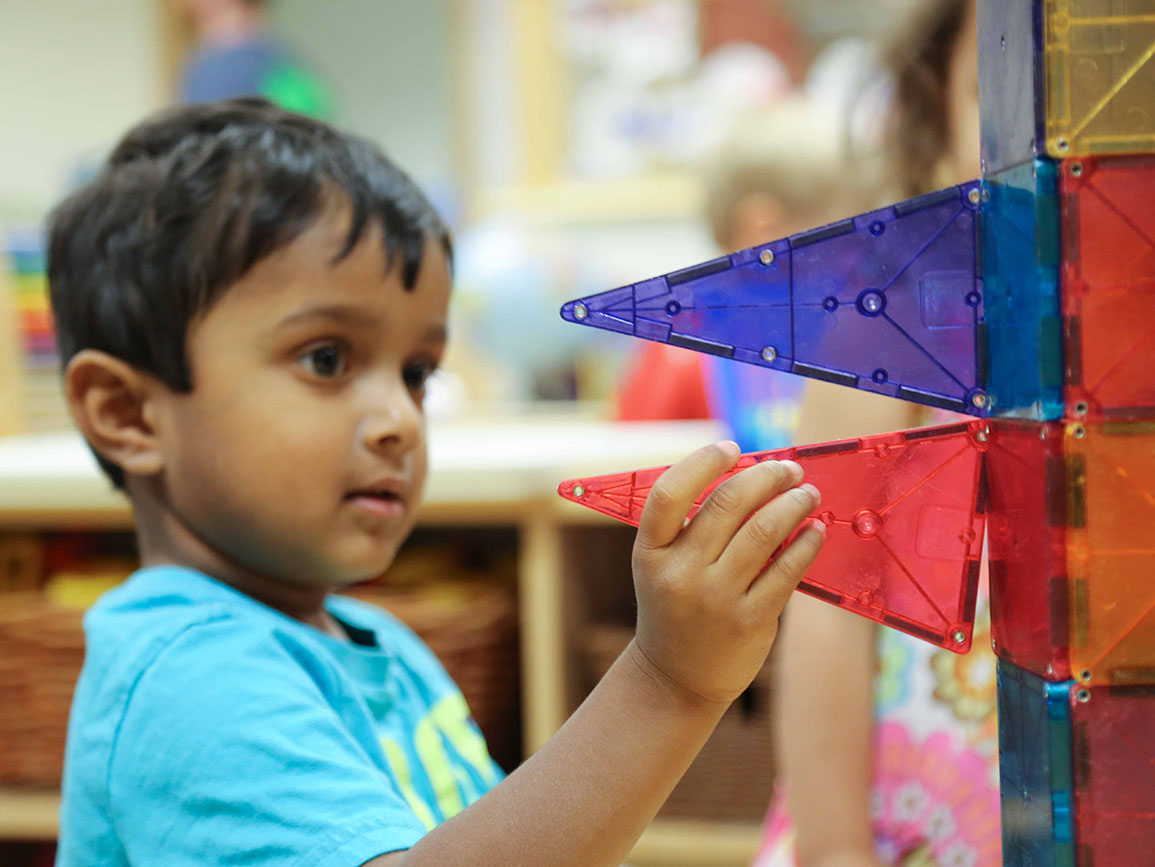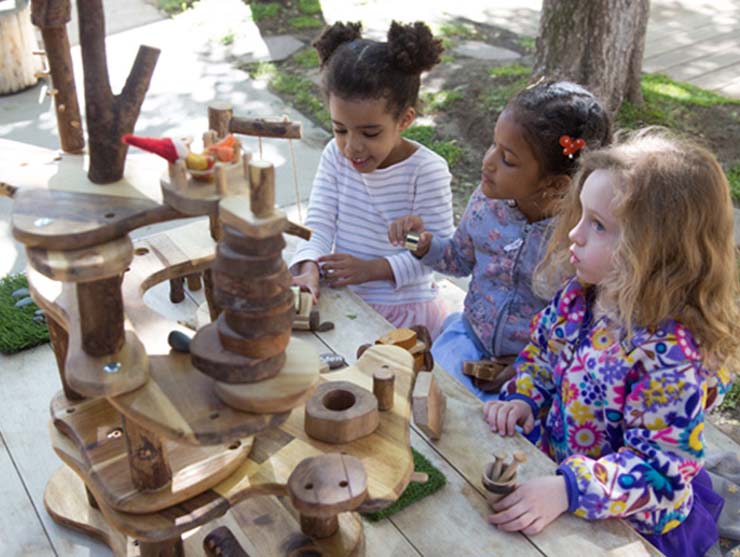What do cooking and STEM have in common? More than you might think. The kitchen is a virtual laboratory for exploring all sorts of STEM topics, such as measurement, patterns, chemistry, properties of matter, cause and effect, and much more. Preparing food is a daily part of life, which means that the learning occurs in a natural, meaningful context—with delicious results.
STEM: An “I Wonder” Mindset
STEM is all about encouraging children—and adults—to observe and think about the world more intentionally. You don’t have to be a scientist or have all the answers to promote STEM thinking in your kids. Instead, encourage “I wonder” questions and try to find the answers. Here are a few questions from the kitchen to get you thinking:
- I wonder why food spoils.
- I wonder why water bubbles when it gets hot.
- I wonder why the water turns to steam if it gets really hot.
- I wonder what makes bread rise.
- I wonder what makes food salty, sweet, bitter, or pungent.
- I wonder why food changes when it’s cooked or combined with other foods.
In the course of making a simple meal, a variety of questions might come up if you’re observing and thinking with an “I wonder” mindset. State one of your questions out loud and see what your child has to say. With this sort of open-ended inquiry, one question often leads to multiple questions and discoveries.
From Questions to Discoveries in the Kitchen
As you ask questions in the kitchen, your child might want to learn more. Pointing out basic scientific concepts in the kitchen doesn’t have to take a lot of time or planning. Below are some ideas to spark even more learning through quick conversations and cooking projects:
Using a Scale
Weigh dry ingredients on a food scale or measure them with measuring cups. Discuss differences between metric and U.S. measurements.
Learn About Your Food
Observe patterns, similarities, and differences in fruits and vegetables. Why do some foods (bananas) have thick peels, while others have thin, edible ones? Why are some foods dry and some juicy?
From Farm to Table
Learn about food systems and do some research. How does food get to us? How do we use it wisely? How can we handle food waste responsibly?
Composting
Make a vermicomposter or see if you can improve upon your current system for handling food waste and recycling packaging.
Chemistry with Pancakes
Whip up some pancakes and explore measurement, volume, and chemistry. Pancakes are a great introduction to simple baking because they require few ingredients, they’re hard to mess up, and they’re ready in minutes. Let your child help you measure out the ingredients. Use a glass measuring cup for liquids and a metal or plastic one for the flour and sugar. Help your child whisk the ingredients just until they’re smooth. Observe how the pancakes rise on the griddle, becoming larger than they originally were, and how bubbles form when the pancakes are ready to be flipped. Wonder out loud about why this happens (baking powder contains hydrogen carbonate, which creates carbon dioxide—and bubbles—when heated). Maybe you’ll even want to do some additional experiments with baking soda and baking powder to learn more.
Preparing Vegetables
Roast some vegetables and learn about plants. Even kids who don’t like vegetables will often try them roasted—especially when they’ve helped make them. Even better if you can grow them yourself or visit a farm stand or farmer’s market. Choose a variety of vegetables, including root vegetables like carrots, potatoes, or parsnips, cruciferous vegetables like Brussels sprouts or cauliflower, and some fruiting vegetables (actually fruits), such as tomatoes and peppers. Casually discuss the different ways vegetables grow and point out differences in their texture, color, and shape. Wash and cut the vegetables, toss them on a baking sheet with a little olive oil, salt, and pepper, and roast them in a hot (400 degrees) oven until they’re brown. Wonder about why the vegetables turn brown (the sugars in them cause them to caramelize).
STEM learning can happen every day in small moments as we slow down to observe and ask questions. Grab an apron, heat up the oven, and start wondering.
A Parent’s Guide to STEM Education Webinar
Watch this parenting webinar from Bright Horizons to hear how parents can incorporate STEM education with easy activities to do at home, featuring Dr. Anita Greenberg, CEO of Science Delights.
More on Cooking and STEM with Children:
- Batter up! Discover more kitchen activity ideas.
- Save this healthy grocery list for kids and busy families.
- Download tips from Partnership for a Healthier America on how to encourage your children to eat vegetables.





